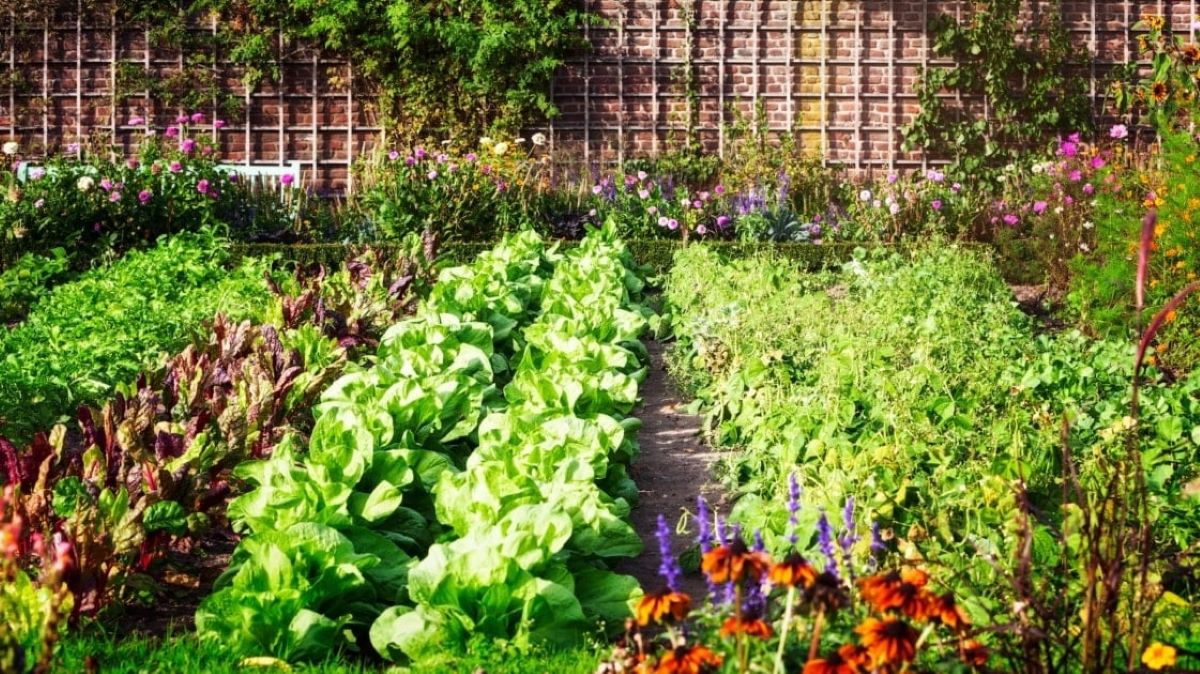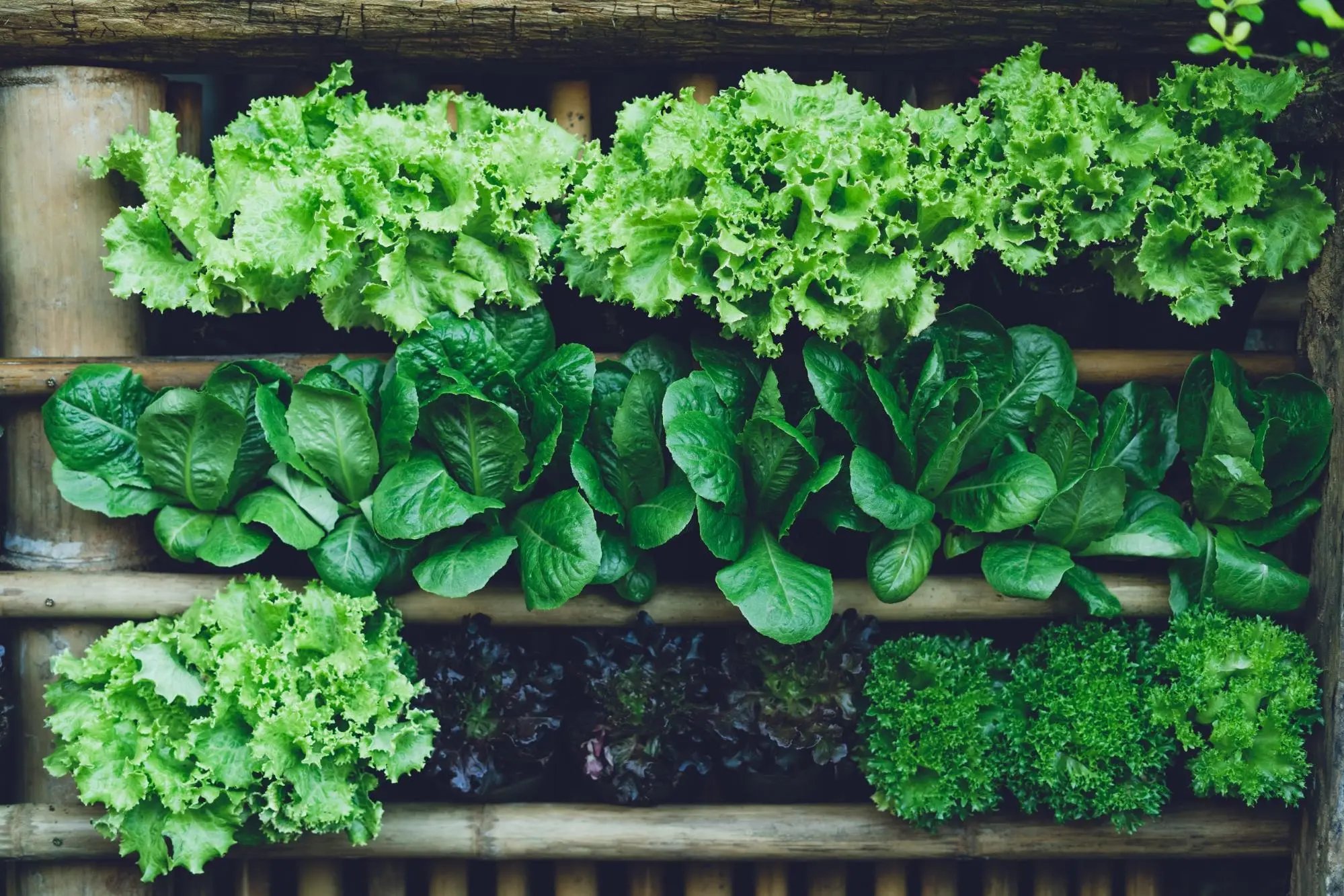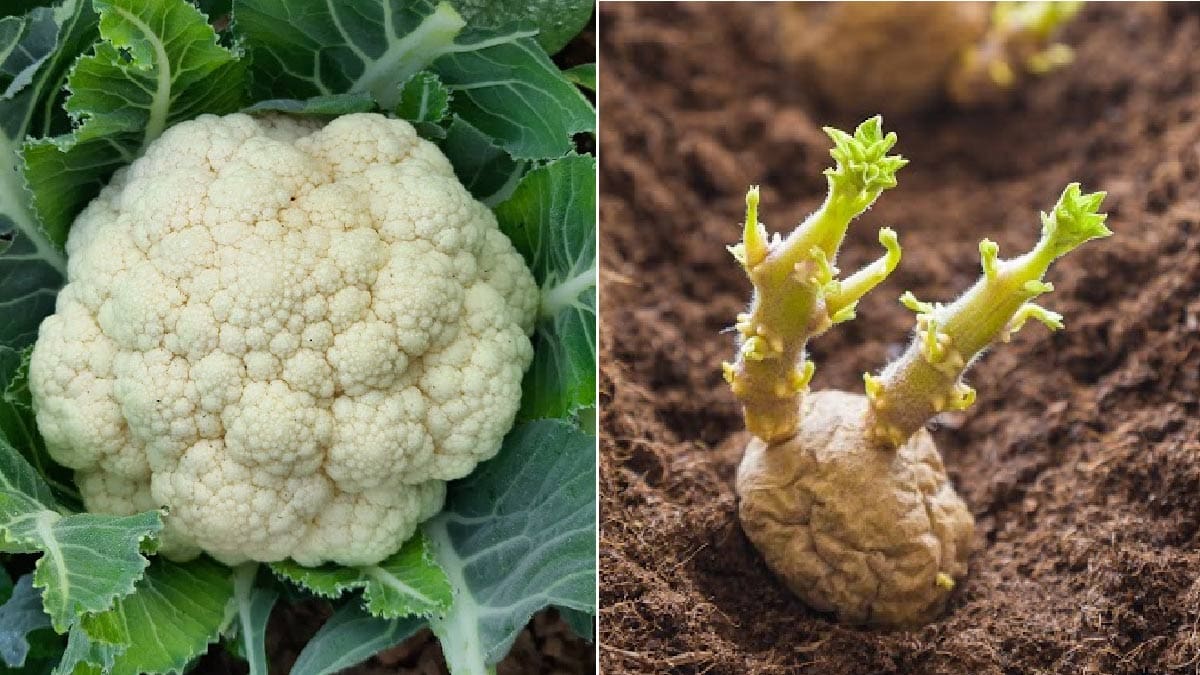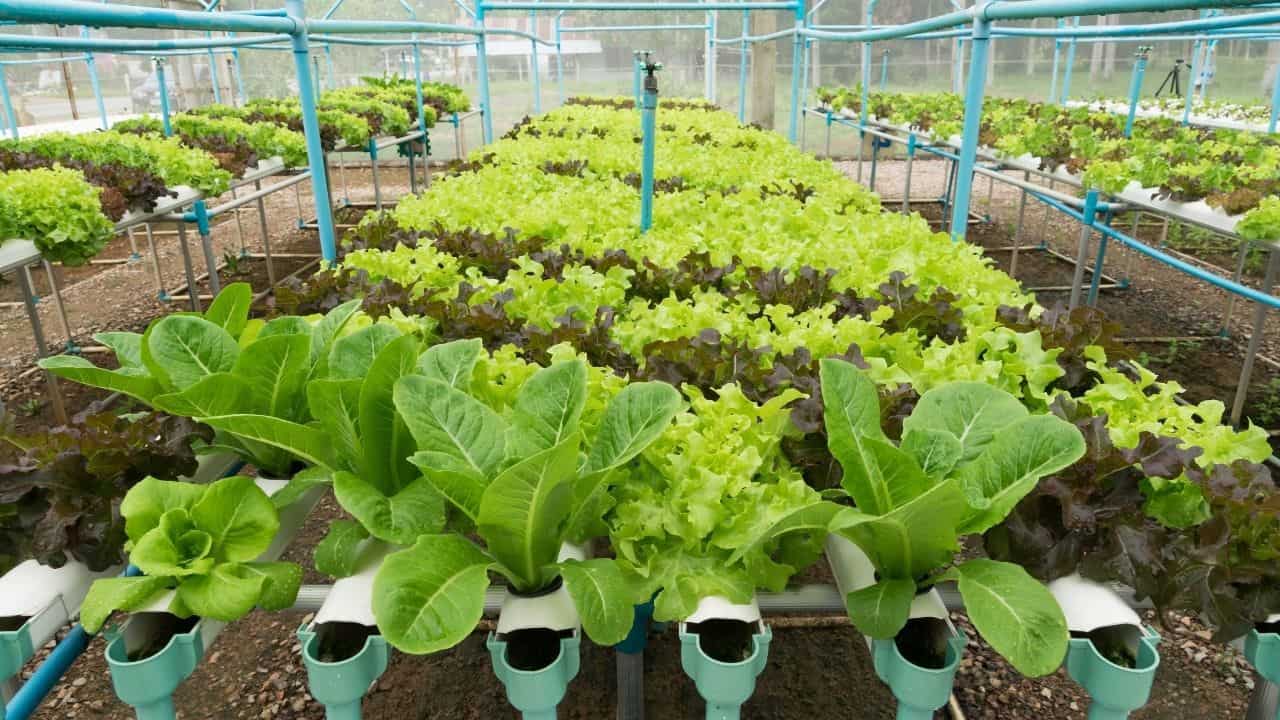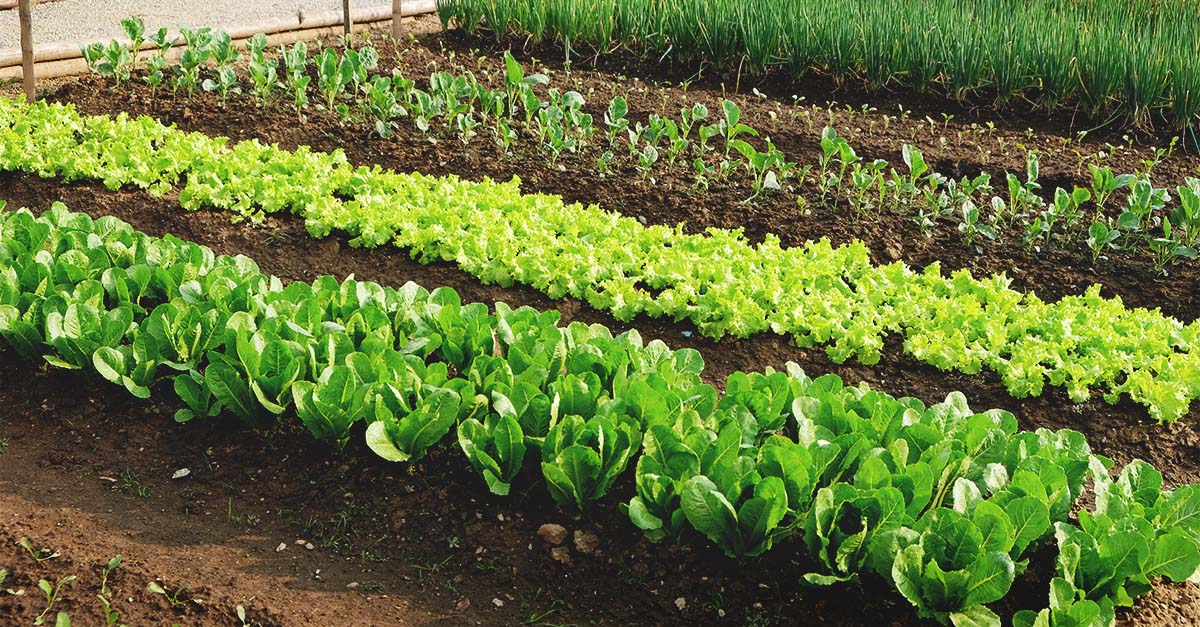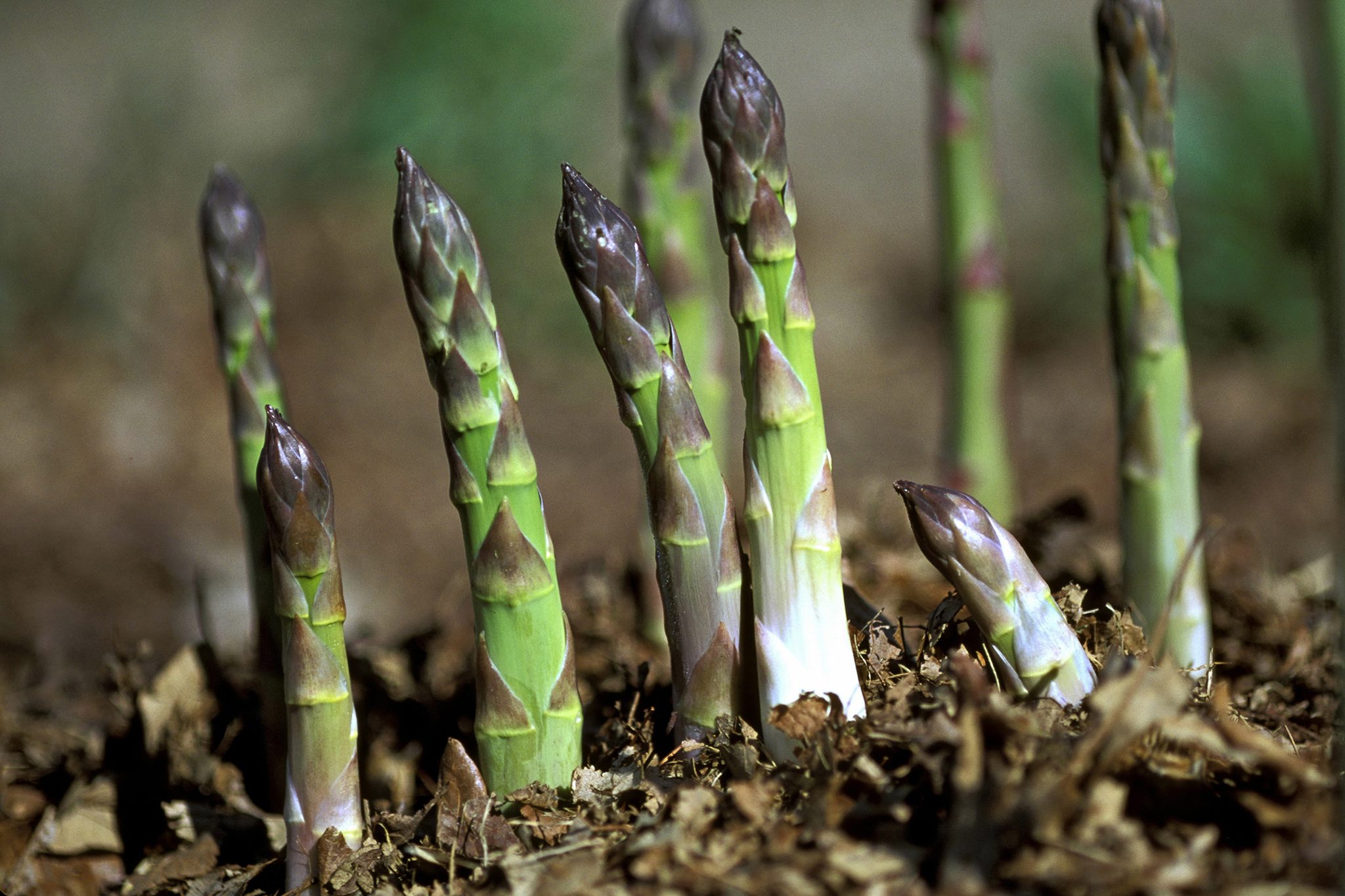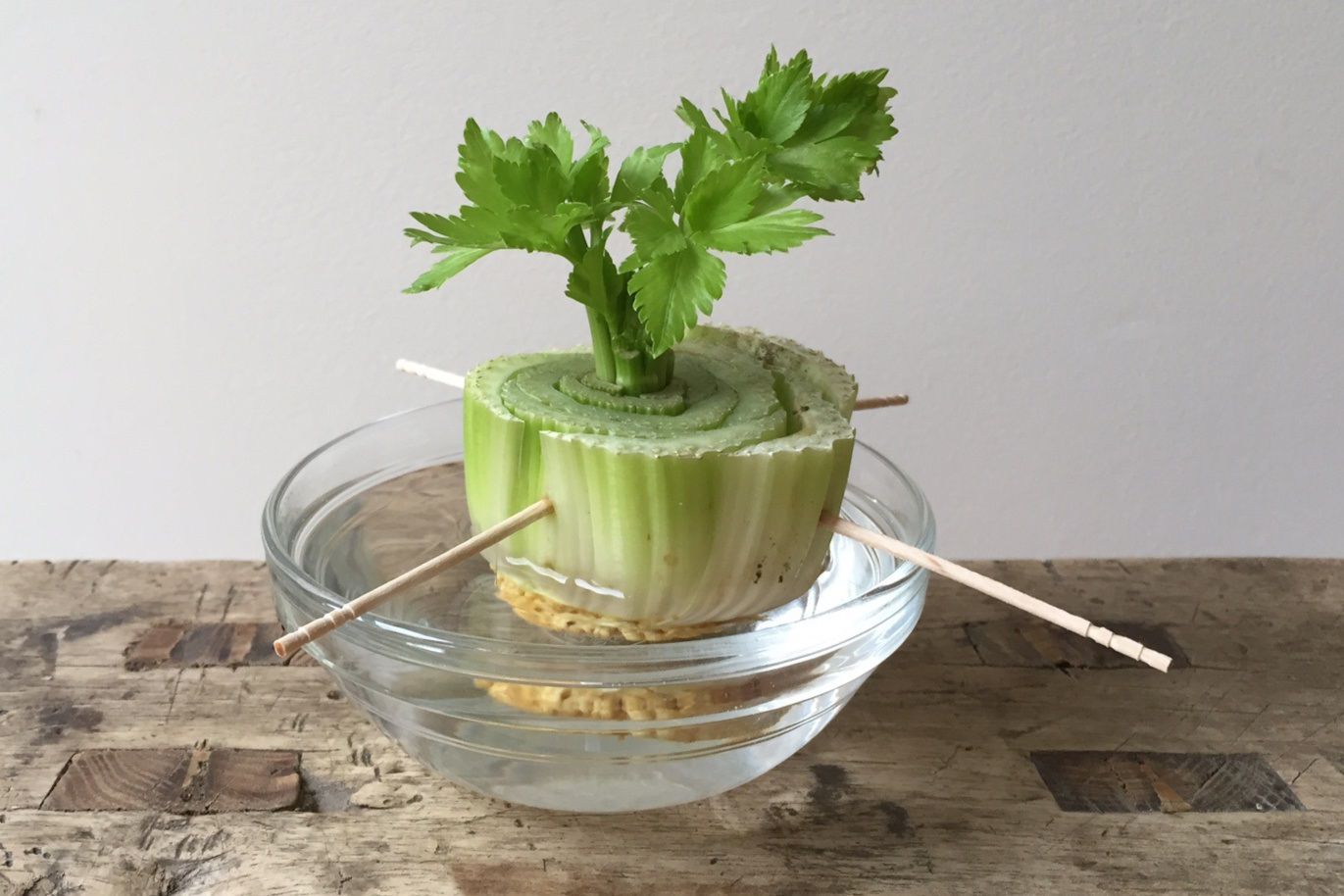Home>Gardening Basics>Understanding Soil>What Vegetables Grow In Arizona During Summer


Understanding Soil
What Vegetables Grow In Arizona During Summer
Modified: February 10, 2024
Learn about understanding soil for growing vegetables in the hot Arizona summer. Discover the best vegetables to grow and the importance of soil preparation.
(Many of the links in this article redirect to a specific reviewed product. Your purchase of these products through affiliate links helps to generate commission for Chicagolandgardening.com, at no extra cost. Learn more)
Table of Contents
Introduction
When it comes to growing vegetables, the Arizona summer presents both challenges and opportunities. With its scorching temperatures and arid climate, Arizona’s summers can be harsh for plants. However, with proper planning and selection of heat-tolerant varieties, you can still enjoy a bountiful vegetable garden even during the hottest months of the year. In this article, we will explore the factors that affect vegetable growth in Arizona summer and provide you with a list of vegetables that thrive in these conditions.
Arizona’s unique climate and soil conditions play a significant role in determining which vegetables grow best in the summer. The state experiences long, sun-filled days with temperatures often exceeding 100 degrees Fahrenheit. This extreme heat can cause wilting and stress in many plants, making it essential to choose varieties that can withstand these conditions.
Additionally, the arid climate of Arizona poses challenges in providing sufficient water to plants. Water conservation is crucial, and selecting vegetables that are drought-tolerant can make a significant difference in your gardening success. By understanding and working with these factors, you can create an environment that supports healthy vegetable growth even during the summer heat.
Factors Affecting Vegetable Growth in Arizona Summer
Several factors have a significant impact on vegetable growth in the Arizona summer. Understanding these factors will help you make informed decisions about which vegetables to grow and how to care for them effectively.
1. Temperature: The extreme heat of Arizona summer can stress plants and hinder their growth. Some vegetables, like tomatoes and peppers, thrive in these conditions, while others may struggle. It is important to choose heat-tolerant varieties and provide adequate shade and irrigation to protect the plants from excessive heat.
2. Water availability: Arizona’s arid climate means water conservation is crucial. The availability of water can affect the growth and development of vegetables. It is important to provide sufficient irrigation and consider drip irrigation systems or mulching techniques to reduce water evaporation.
3. Soil quality: Arizona soil can be sandy and lacking in organic matter. Good soil preparation and amendment with compost or well-rotted manure can help improve the soil’s fertility, water retention, and nutrient content, supporting healthy vegetable growth.
4. Pest and disease pressure: Arizona summers can bring an array of pests and diseases that can damage vegetable plants. Integrated pest management practices, such as regular inspection, proper sanitation, and use of organic pest control methods, can help manage these issues and protect your vegetable garden.
5. Day length: Arizona summer is characterized by long days with intense sunlight. Some vegetables, such as corn and beans, are influenced by day length and may require specific planting schedules to ensure optimal growth and production.
Heat-Tolerant Vegetables for Arizona Summer
Growing heat-tolerant vegetables is key to a successful garden in Arizona’s scorching summers. Here are some vegetables that thrive in these challenging conditions:
- Tomatoes: Varieties like Celebrity, Heatmaster, and Sunmaster are known for their ability to withstand heat and produce delicious fruits even in the hottest months.
- Peppers: Hot peppers such as Anaheim, jalapeno, and serrano, as well as sweet varieties like Cubanelle and Carmen, are well adapted to the heat and can add a flavorful kick to your dishes.
- Okra: Known for its tolerance to heat and drought, okra thrives in Arizona summers. Varieties like Clemson Spineless and Emerald offer high yields and delicious pods.
- Eggplant: Heat-loving eggplant varieties, such as Black Beauty and Ichiban, not only withstand the intense sun but also produce flavorful fruits that can be grilled, roasted, or used in various recipes.
- Black-eyed peas: These legumes thrive in Arizona’s heat and are a great addition to summer gardens. Varieties like California Blackeye #5 and Purple Hull offer tasty and nutritious pods.
- Summer Squash: Varieties like Yellow Crookneck, Zucchini, and Pattypan are well-suited for Arizona summers, producing abundant harvests of tender and flavorful squash.
Common Vegetable Varieties for Arizona Summer
While heat-tolerant vegetables are essential for success in Arizona summers, there are many other common vegetable varieties that can be grown during this season. Here are some popular options for your summer garden:
- Cucumbers: Varieties like Straight Eight, Armenian, and Lemon cucumbers are well-suited to Arizona summers. These refreshing vegetables are perfect for salads, pickling, or enjoying on their own.
- Beans: Bush beans, such as Provider and Blue Lake, are excellent choices for summer gardens. They offer high yields of tender and flavorful beans that can be enjoyed fresh, steamed, or in various recipes.
- Leafy Greens: Heat-tolerant greens, such as Swiss chard, collard greens, and Malabar spinach, can provide a nutritious addition to your meals. They can be harvested throughout the summer, adding color and flavor to your dishes.
- Herbs: Many herbs thrive in the Arizona heat. Basil, oregano, rosemary, and thyme are just a few examples that are not only heat-tolerant but also add aromatic flavors to your culinary delights.
- Root Vegetables: While some root vegetables may require extra care and attention in the heat, varieties like beets, carrots, and radishes can still be grown successfully. Provide them with some shade and consistent moisture to ensure their growth.
- Melons: Cantaloupe, watermelon, and honeydew melons are popular choices for Arizona gardens. These succulent fruits thrive in the hot summer sun and can be a refreshing treat when harvested at their peak of ripeness.
Care and Maintenance of Vegetables in Arizona Summer
Providing proper care and maintenance is crucial for the success of your vegetable garden in the Arizona summer. Here are some essential tips to help your plants thrive:
- Irrigation: Adequate watering is essential, especially in the hot and arid climate. Deep watering is recommended to encourage deep root growth and reduce water evaporation. Consider using drip irrigation systems or soaker hoses to provide a steady supply of moisture to the plants.
- Shade: Providing some shade for your vegetables can help protect them from the scorching sun and reduce heat stress. You can use shade cloth, row covers, or strategically position your plants to take advantage of natural shade from structures or taller plants.
- Mulching: Apply a layer of organic mulch around your plants to help conserve moisture, regulate soil temperature, and suppress weed growth. Organic materials like straw, wood chips, or compost can be used as effective mulch options.
- Fertilization: Regularly fertilize your plants to provide them with the necessary nutrients. Use slow-release fertilizers or organic options to avoid overfertilization and potential damage to your plants. Follow the recommended application rates based on the specific vegetable varieties you are growing.
- Pest and Disease Control: Monitor your plants regularly for any signs of pest infestation or disease. Early detection is key to preventing and managing these issues. Consider using organic pest control methods, such as companion planting, beneficial insects, and homemade sprays, to minimize damage to your vegetables.
- Harvesting: Harvest your vegetables when they are at their peak of ripeness. Regularly check your plants for mature fruits or vegetables and harvest them promptly. This not only ensures the best flavor and quality but also encourages continuous production throughout the season.
Tips for Successful Vegetable Gardening in Arizona Summer
Growing vegetables in the Arizona summer requires careful planning and attention. Here are some tips to help you achieve successful vegetable gardening in the hot desert climate:
- Plan your planting: Optimize your planting schedule by starting your seeds indoors or purchasing transplants that can handle the heat. Follow planting guides and recommended dates based on your specific vegetable varieties.
- Provide sun protection: Use shade cloth, row covers, or plant taller vegetables to provide some shade to your plants during the hottest part of the day. This helps reduce heat stress and prevents leaf-burn.
- Optimize irrigation: Invest in efficient irrigation systems like drip irrigation to deliver water directly to the roots of your plants. Consider installing timers to ensure consistent watering, especially during periods of extreme heat.
- Grow in containers: Utilize container gardening for greater control over soil moisture and temperature. Choose pots with proper drainage and locate them in areas with partial shade to prevent overheating.
- Manage soil moisture: Mulch the soil surface to retain moisture and regulate soil temperature. Monitor soil moisture levels regularly and adjust irrigation accordingly to prevent both over- and under-watering.
- Select heat-tolerant varieties: Choose vegetable varieties specifically bred for heat tolerance. Look for labels or seek advice from local nurseries for the best-suited varieties for Arizona summers.
- Practice companion planting: Enhance your garden’s resilience by practicing companion planting. Some plants repel pests or provide shade to others, creating a mutually beneficial environment for your vegetables.
- Monitor for pests and diseases: Regularly inspect your plants for signs of pest infestation or disease. Early intervention can prevent the spread of problems and protect the health of your garden.
- Harvest regularly: Harvest your vegetables as they become ripe to encourage continuous production. Regular harvesting also prevents over-ripening, which can attract pests and reduce yields.
- Stay hydrated: Last but not least, remember to take care of yourself while spending time in the garden. Stay hydrated, wear protective clothing and sunscreen, and work during cooler parts of the day to avoid heat-related health issues.
Conclusion
Growing vegetables in the Arizona summer may present its challenges, but with the right knowledge and techniques, you can have a successful and bountiful garden. Understanding the factors that affect vegetable growth, selecting heat-tolerant varieties, and implementing proper care and maintenance strategies are key to thriving in the scorching desert climate.
By considering the temperature, water availability, soil quality, and pest pressure, you can make informed choices about the vegetables you cultivate. Heat-tolerant vegetables like tomatoes, peppers, okra, and eggplants can endure the intense heat and still produce a flavorful harvest. Additionally, common vegetable varieties such as cucumbers, beans, and leafy greens can also be grown successfully with proper care and attention.
Care and maintenance, including proper irrigation, shade provision, mulching, and regular pest control, are essential to ensure your vegetable plants thrive in the Arizona summer. Following tips such as planning your planting, optimizing irrigation, and adopting companion planting techniques will contribute to the overall success of your garden.
Gardening in the Arizona summer can be a rewarding experience. Not only can you enjoy fresh and delicious homegrown produce, but you can also connect with nature and learn valuable lessons about working with challenging environments. So, embrace the opportunities that the Arizona summer presents, and get ready to enjoy the fruits (and vegetables) of your labor.

